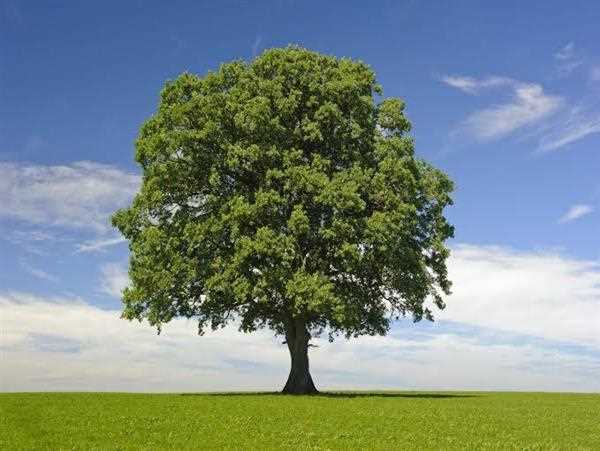The age of a tree can be determined through various methods, including counting the rings in the trunk, measuring the circumference, and using radiocarbon dating. Each of these methods has its own advantages and limitations, and the choice of method depends on various factors such as the type of tree, its location, and its history.

One of the most common methods of determining a tree's age is by counting the rings in the trunk. Each year, a tree adds a new layer of growth, which can be seen as a ring in the trunk. The rings can be counted by cutting a cross-section of the trunk or by using a specialized tool called an increment borer, which extracts a small core from the tree without damaging it. By counting the rings, the age of the tree can be determined accurately, with an error margin of a few years.
Measuring the circumference of the trunk is another method of estimating the age of a tree. The circumference of the tree is measured at a height of 4.5 feet above the ground, and the measurement is taken in inches. The age of the tree can be estimated by dividing the circumference by a growth factor, which varies depending on the species of the tree. This method provides a rough estimate of the tree's age, with an error margin of several years.
Radiocarbon dating is another method of determining the age of a tree. This method is used for trees that are too old or too decayed to count the rings accurately. Radiocarbon dating is based on the fact that all living organisms contain a small amount of radioactive carbon-14. When a tree dies, it stops taking in carbon-14, and the carbon-14 that it contains begins to decay at a known rate. By measuring the amount of carbon-14 in a sample of wood, the age of the tree can be estimated accurately.
In addition to these methods, there are other techniques that can be used to estimate the age of a tree. For example, dendrochronology is a method that uses the patterns of rings in the wood to study the climate and environmental changes over time. This method can provide insights into the past climate and help understand the tree's growth patterns.